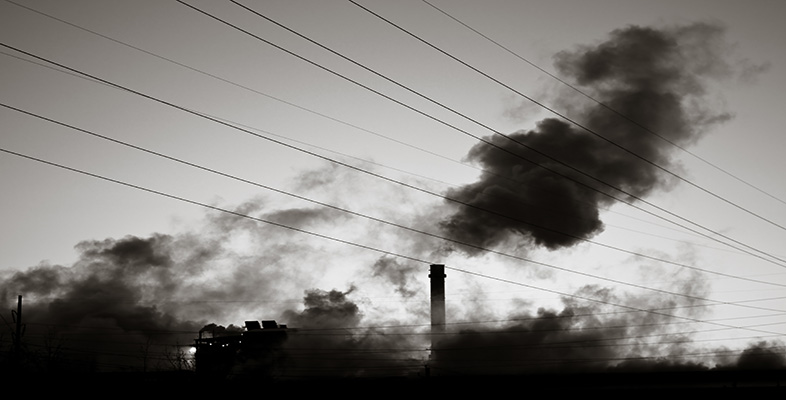Three theoretical tendencies
Listen to Parts 1 and 2 of the audio below, Green Criminology: an interview with Reece Walters.

Transcript: Green Criminology: an interview with Reece Walters (part 1)
Green Criminology: An interview with Reece Walters (part 1)
Transcript: Green Criminology: an interview with Reece Walters (part 2)
Green Criminology: An interview with Reece Walters (part 2)
As the interview with Reece Walters on the audio recordings reveals, two key figures in the founding of Green Criminology, Piers Bierne and Nigel South (2007, p. xiii) argue that at its ‘most abstract level’ it includes the study and acknowledgement of ‘those harms against humanity, against the environment (including space) and against non-human animals committed by both powerful organisations (e.g. governments, transnational corporations, military apparatuses) and also by ordinary people’. However, the main focus to date – and that which has generated the greatest amount of Green Criminological scholarship – has been on acts of ‘the powerful’ in causing widespread and long-term environmental damage. As Rob White (2008) argues, it is important to note, that there is no one green criminological theory but rather a series of perspectives that draw on various philosophical, sociological, legal and scientific traditions. He identifies three ‘theoretical tendencies’ that form the basis of an eclectic theoretical enquiry into Green Criminology, namely environmental justice, ecological justice, and species justice.
Environmental justice is a human-centred or anthropocentric discourse with two dimensions. First, it assesses the equity of access and use of environmental resources across social and cultural divides. Who has access to the benefits and profits of natural resources and why? Second, it asks what factors prevent all people from sharing equally in the environment? For example, toxic dumping, chemical spills, industrial pollution, nuclear testing, illegal fishing and wildlife poaching, and contamination of drinking water all have adverse side-effects that do not victimise all people equally. It is indigenous people, ethnic minorities, the poor, and often women, who are most affected by such injustices (Walters, 2010a).
Ecological justice, on the other hand, focuses on the relationship or interaction between humans and the natural environment, without prioritising humans (White, 2008). When humans develop the environment for material needs (housing, agriculture, business, consumption), ecological justice insists that such actions be assessed within the context of damage or harm to other living things. This position is often referred to as an ‘ecocentric’ understanding of human and nature interaction. Some may criticise this position because it lacks ‘reality,’ as political action will always be from a human perspective. That is, the reality of harm, existence, development, progress and so on will always be defined and responded to by humans. Yet ecological justice argues that an environmentally centred perspective that upholds the importance of living creatures as well as inanimate and non-living objects (such as soil, rock, water, air) provides useful insights for guiding future economic and developmental decisions (Walters, 2010).
Species justice is a non-human or biocentric discourse that emphasises the importance of non-human rights. It asserts that human beings are not the only creatures with rights, nor are humans superior beings. In other words, there is no hierarchy of existence with human beings at the pinnacle. All living things in existence share an equal status of importance. Beirne and South (2007) argue that to prohibit or disregard non-human creatures as not of equal standing within the natural environment denies the value and worth of those species. Conversely it may be argued that existence or survival (and indeed evolution itself) is dependent upon one species consuming another. As White (2008) identifies, an analysis from this perspective aids a critique of how rights are constructed. It allows us to question the bases from which rights are created and protected. If rights are about ensuring health and well-being while minimising pain and suffering, then humans are not the only species to experience such emotions.
